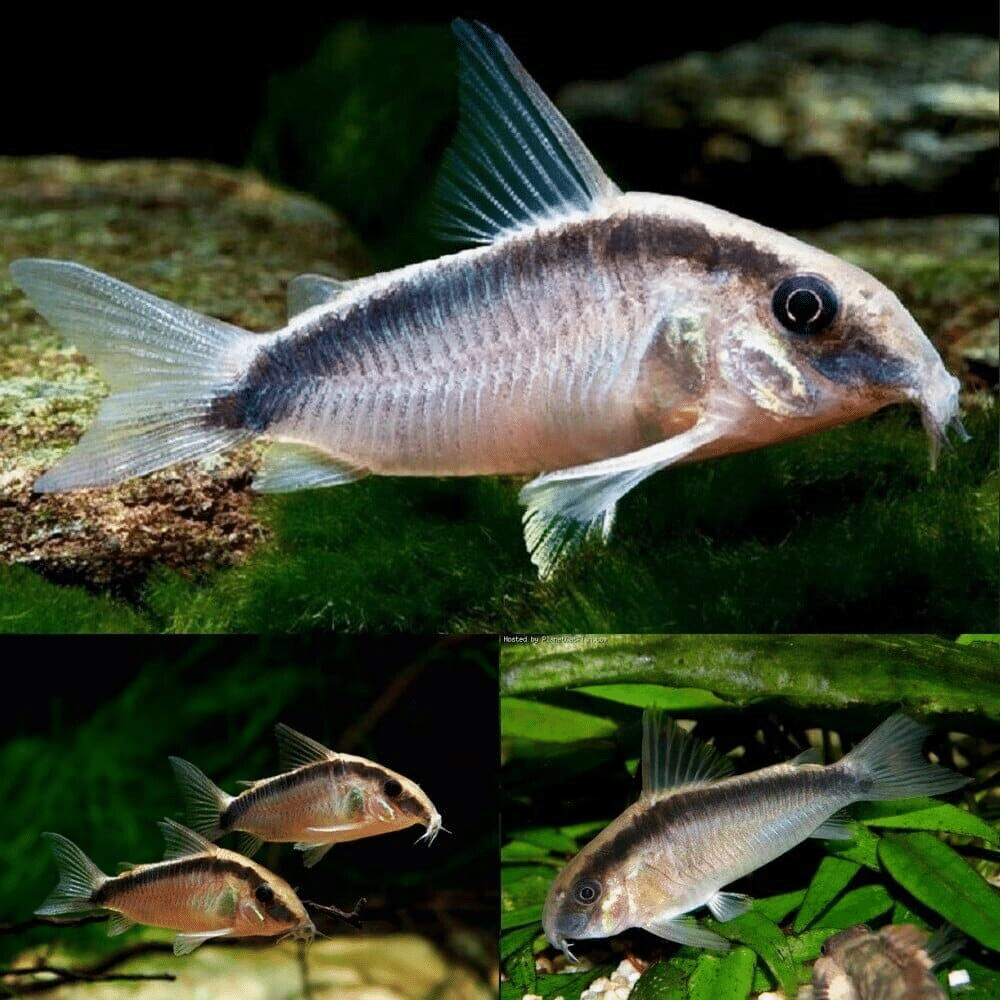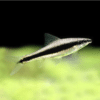To provide the best experiences, we use technologies like cookies to store and/or access device information. Consenting to these technologies will allow us to process data such as browsing behaviour or unique IDs on this site. Not consenting or withdrawing consent, may adversely affect certain features and functions.
The technical storage or access is strictly necessary for the legitimate purpose of enabling the use of a specific service explicitly requested by the subscriber or user, or for the sole purpose of carrying out the transmission of a communication over an electronic communications network.
The technical storage or access is necessary for the legitimate purpose of storing preferences that are not requested by the subscriber or user.
The technical storage or access that is used exclusively for statistical purposes.
The technical storage or access that is used exclusively for anonymous statistical purposes. Without a subpoena, voluntary compliance on the part of your Internet Service Provider, or additional records from a third party, information stored or retrieved for this purpose alone cannot usually be used to identify you.
The technical storage or access is required to create user profiles to send advertising, or to track the user on a website or across several websites for similar marketing purposes.
Red Devil Vampire Crab - Geosesarma Hagen - Decapod Crustacean 1 × £8.71




 Red Devil Vampire Crab - Geosesarma Hagen - Decapod Crustacean
Red Devil Vampire Crab - Geosesarma Hagen - Decapod Crustacean 












Emily Carter (verified owner) –
I recently added a group of Skunk Corydoras (Corydoras arcuatus) to my 55-gallon freshwater tank, and I couldn’t be happier! These little catfish have brought so much life and personality to my aquarium. After just a couple of weeks, they’ve adapted beautifully to their new home and are often found playfully darting in and out of the plants and substrate. I love how they forage for food, doing their part to keep the tank clean, which is a bonus for any aquarium owner!
Compared to other cory catfish I’ve kept, the Skunks are particularly sociable and thrive in groups. I made sure to get at least six, and they really stick together, creating a stunning visual drama in my tank. Their unique striped pattern is not only charming but also adds a lovely contrast against my colorful community fish.
I did notice that they prefer a slightly softer substrate for digging, so I switched to fine gravel, which they absolutely love. If you’re considering adding freshwater fish to your tank, I highly recommend these little guys! They’re perfect for community tanks and are gentle on their tank mates, making them ideal for beginners and experienced aquarists alike. Plus, they arrived quickly and in excellent health, which shows the seller cares about fish welfare as much as I do! Would definitely buy again!
Emily Carter (verified owner) –
I recently added a school of Skunk Corys to my 55-gallon community tank, and I couldn’t be happier with my decision! These South American catfish are not only adorable with their striking patterns, but they also bring such life to the aquarium. After a couple of weeks, I’ve noticed they’re happily foraging through the substrate, which helps keep my tank clean. They really thrive in groups, so I started with a school of six, and they seem to have formed a close-knit community.
Feeding them a varied diet of high-quality pellets and occasional treats like frozen bloodworms has resulted in healthy, active fish. I appreciate that they are peaceful and friendly, making them ideal for my mixed-species setup. Compared to other corydoras I’ve kept, these guys are much more engaging and social.
If you’re considering adding freshwater fish to your aquarium, I highly recommend Skunk Corys, especially if you wish to enhance the dynamics of your tank. Just be mindful of their need for a soft substrate and plenty of hiding spots. Overall, these little guys have not only brightened up my aquarium but also brought me immense joy watching their playful antics!